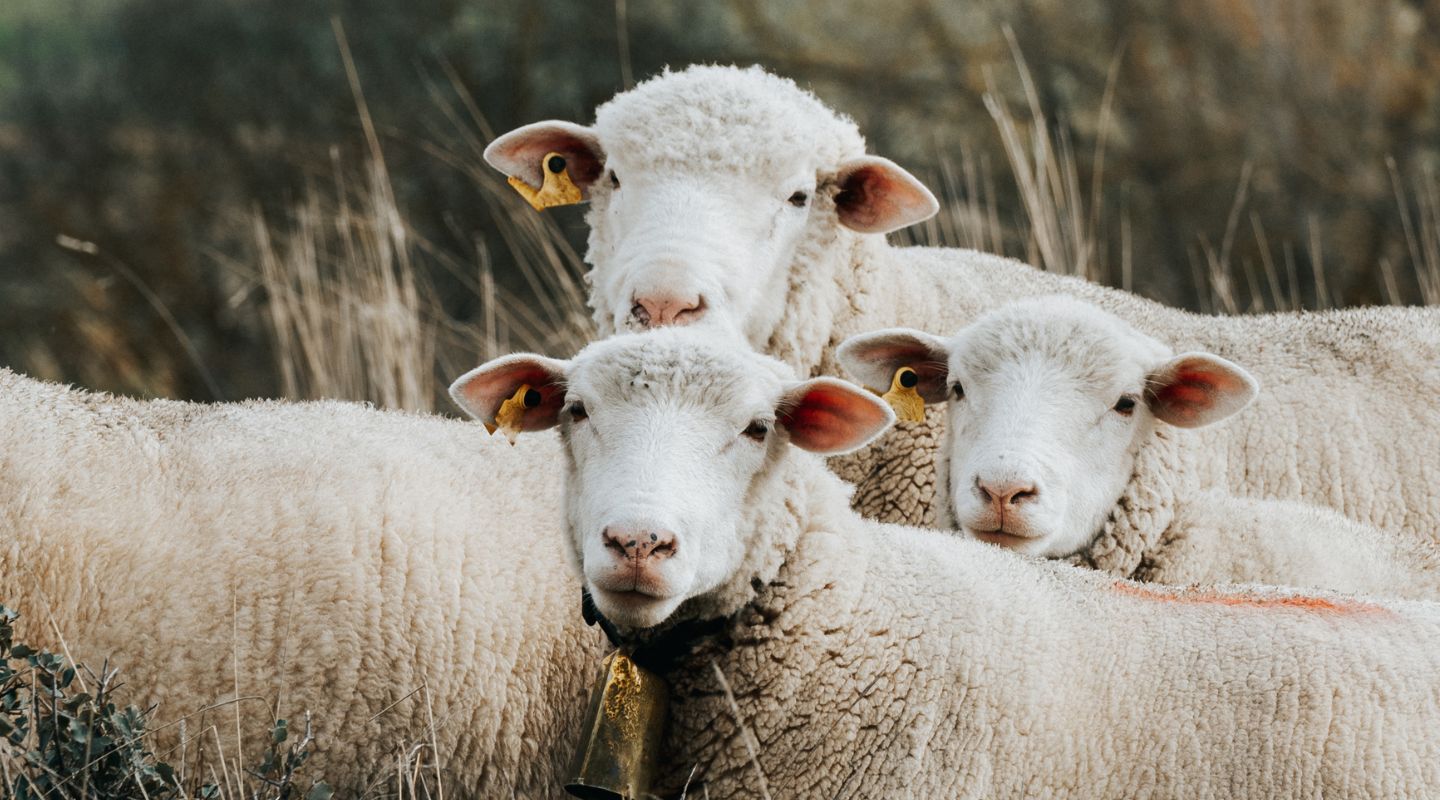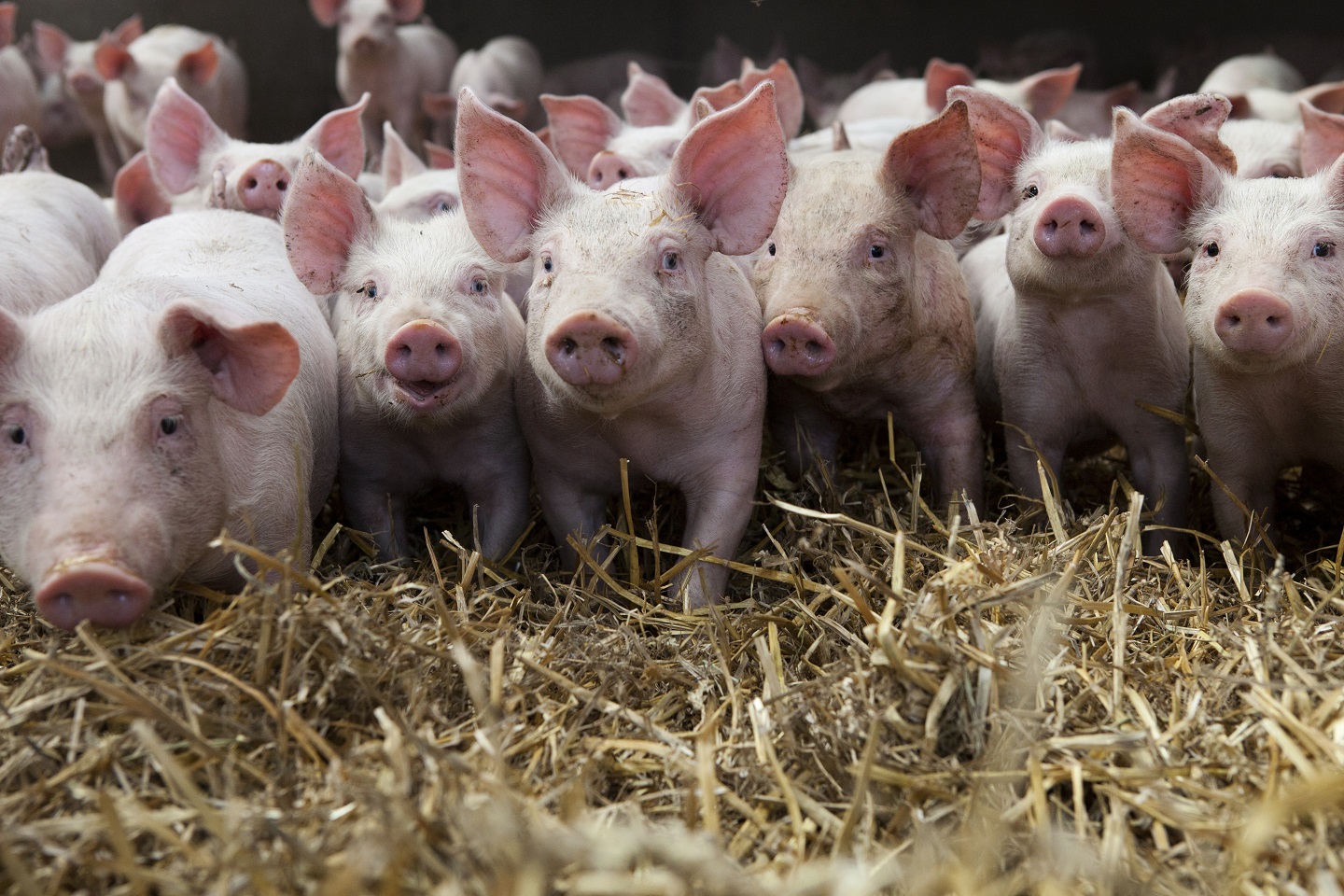Biosecurity in farms: what’s this all about?
Ever come across a term that leaves you scratching your head? Biosecurity might be one of them. What does it mean?
According to the World Organization for Animal Health (WOAH), 20 percent of livestock production losses are related to animal diseases. Appalling, right? Imagine how many people can be fed with this amount of protein. From small farmers to livestock producers, they’re constantly looking for ways to improve animal health, prevent diseases, and avoid such losses in their farms. How? Through vaccination, biosecurity, and surveillance. Again, the word “biosecurity”. But what does it mean? Click 'play' to find out.
What’s biosecurity?
Strengthening disease prevention
Threats such as diseases and bacteria carried by wild creatures, transportation, and humans affect animal health and farm production. Farmers and livestock producers can protect their animals against these threats through biosecurity.
We work closely with farmers to educate them on biosecurity and the importance of implementing good biosecurity measures. We consult them on setting up a good plan and support them with diagnostics and our expertise to help build a better future for animals, humans, and our environment.
Starting with simple actions can make a difference. It can be from simple measures to more complex ones. Starting with measures such as...
- Keeping the farm clean
- Isolating new animals before being introduced to the herd
- Washing vehicles before entering the farm
- Having regular veterinary checkups
- Using protective clothing when handling animals
...can have an impact in preventing diseases.
Implementing biosecurity protocols that best meet your farm’s needs will help you keep it productive and its inhabitants safe.
Related Content

Transforming pig farming: how AI helps detect respiratory disease in pigs and more

What is bluetongue disease?


